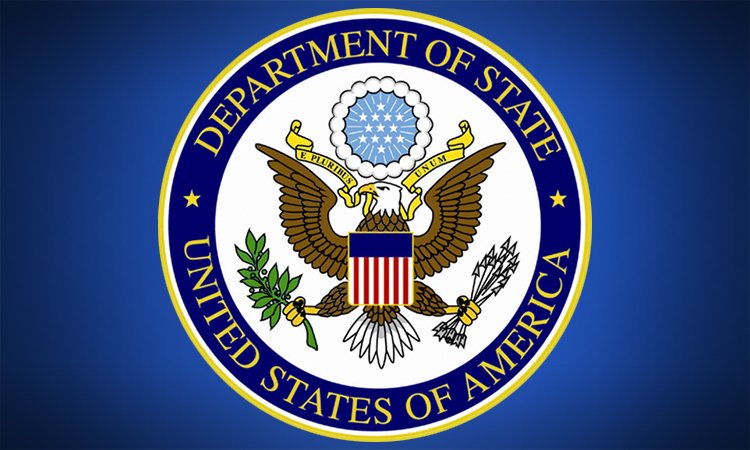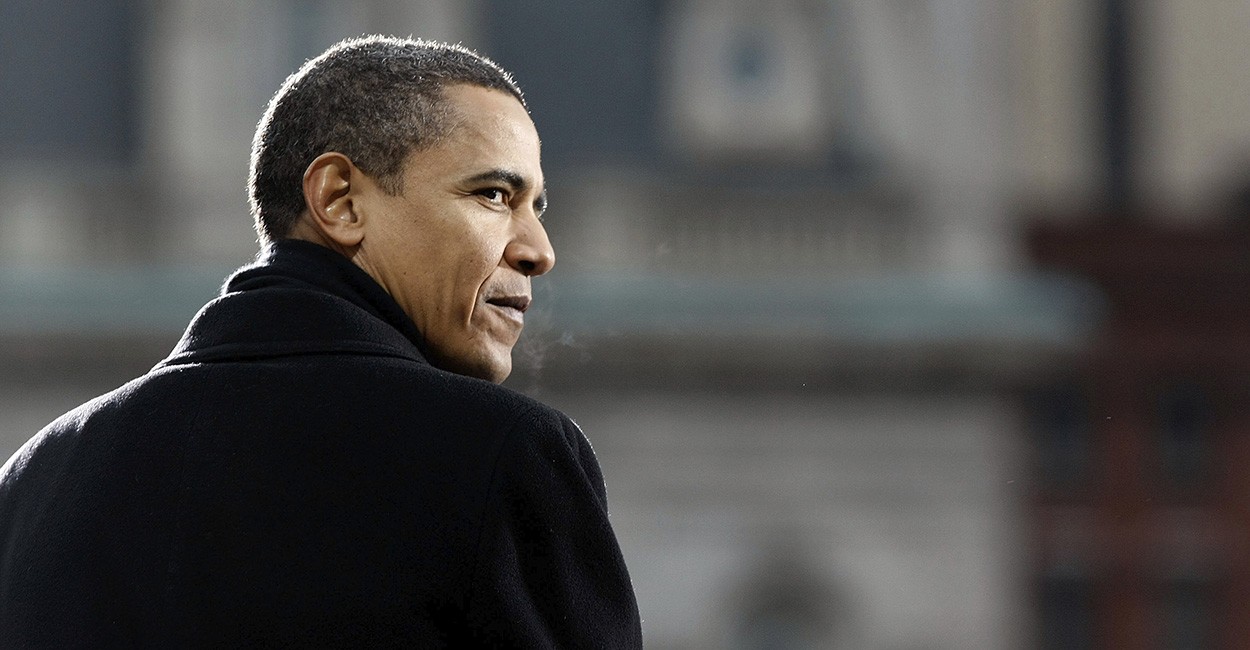By: Samantha Cleare
Recently, headlines about inhumanity and violence in Syria monopolize newsstands and broadcasts all across the U.S. Due to an intense amount of media coverage, almost every American is well informed about our current dispute with Syria, as well as the civil unrest in Egypt and other areas in the Middle East. For the past decade, terrorism and weapons of mass destruction in other countries have also been constant topics of discussion. However, while all of these serious situations captivate our attention, we may be ignoring important issues within our own borders. Why do we focus our time and funding dealing with crises thousands of miles away when there is just as large of an outrage happening on our own soil?
Chicago, also called “Chiraq” due to an escalating murder rate, experienced 512 deaths from gang violence in 2012, the highest number of homicides in any U.S. city. Throughout the past 11 years, Operation Enduring Freedom in Afghanistan has claimed the lives of 2,166 Americans. The American casualty toll was 4,422 in Iraq from 2003 to 2011 due the conflict there. In comparison, Chicago has been witness to 4,265 murders from 2003 to 2011. Gang turf wars in Chicago have turned the city into a warzone, generating a death toll greater than the U.S. armed forces casualties in Afghanistan and almost equal to that of Iraq. While the military operations in Iraq and Afghanistan are well publicized, the deaths on the streets of Chicago continue to escalate, largely ignored by the media. Chicago’s outcry regarding their city’s death toll has yet to be successfully addressed by the government and police.
Chicago is the home of 100,000 gang members, 59 gangs, and 625 gang sanctions. These sanctions, or gang territories, cause “Chiraq” to eclipse Iraq and Afghanistan with regard to violence. As terrorists in Afghanistan and Iraq are willing to die for their fundamentalist beliefs, gang members are willing to sacrifice their lives for their clans. Firearms are the medium for all of this violence. Guns, particularly small handguns, are a necessity for survival in some parts of Chicago. According to Father Michael Pfleger, a well-known socialist and reverend of the largest church in the poverty stricken Chicago district of Englewood, “…guns are the first line of offense on the street and society today.” Talking out issues between rival factions is a remnant of the past. Today, bullets are discharged faster than words.
During a press conference held last January, Chicago Police Superintendent Gary McCarthy revealed that 300 guns were confiscated in the suburbs last year. While the city of Chicago has some of the strictest gun control laws in the country, these provisions do not extend into the suburbs. There, only one recorded transaction is taken when purchasing firearms. One legal buyer often resells his or her firearms to multiple illegal users. The lack of record keeping in the process makes it difficult to track gun sales. Being a former senator of Illinois, the massive amounts of firearms on the streets appalled President Obama. The current president attempted to strengthen gun control, however Congress overwhelmingly turned down his proposal. He stated that it was a “pretty shameful day for Washington.”
Shameful amounts of guns and gang battles affect Chicago citizens of all ages. In 2012 alone, 440 school-aged children were shot. Gun violence, lack of order, minimal police enforcement, and a constant fear of losing loved ones all contribute to crushing childhoods within gang dominated areas in this city. This year, Hadiya Pendleton, 15, was murdered while walking with friends in a park. Just three weeks prior to her death, Pendleton was an average high school majorette performing at the 2013 Presidential Inauguration. While this particular tragedy gained attention from the media all over the country, similar situations are left in silence daily.
Reverend Pfleger points out how some murders, like the Sandy Hook shooting, seem to attract a whirlwind of concern from the media. The American public only pays attention to homicide cases when they are shocking, such as in the Sandy Hook incident. An elementary school shooting in an upper-middle class suburban area such as Newtown, Connecticut is not conventional. However, due to murder being common in the poor areas of Chicago, no one takes the time to care about similar events that happen on those streets every day. According to Reverend Pfleger, the average “soccer mom” can’t relate to the daily misfortunes that happen in Chicago due to different races and economic disparities. How can this gap be closed? What would cause the average citizen to care about all of America’s children?
Without sufficient help from the American public and government, a problem that began years ago still terrorizes innocent civilians. The deadly combination of gangs and plentiful weapons brought about this situation within the borders of Chicago. These gangs have been terrorizing the streets of the Windy City for the past decade, increasing recently to an all-time high. While crime rates fell throughout America in the 1990s, Chicago’s chaos continued growing. Unfortunately the superfluous handguns and lack of order have kept the police and public officials from ridding Chicago of armed gang violence. When the Chicago Housing Authority tore down publicly assisted communities, gang violence increased dramatically due to the dispersing of residents. Although the Chicago Housing Authority terminated these project homes because of the poor living conditions and gang oppression, the change led to unintended consequences. Project housing residents were introduced into the suburbs where many of these individuals decided to fight for dominance of their new surroundings, sowing violence in previously peaceful neighborhoods.
There are many other contributing factors to Chicago’s civil unrest. The city has a high unemployment rate of 9.3 percent. Schools, mental facilities, clinics, and public housing are closing as well. According to state senator Jacqueline Collins, “…failed economic and political policies” are the primary reasons for why her district (which includes some of the south side’s most impoverished neighborhoods) is experiencing violent turmoil and unrest. A lack of hospitals that can afford gunshot trauma treatment also influences the high death rate in this area. Although there are three hospitals in Collins’ district, none of them are considered best-in-class trauma centers for gunshot wounds. Damien Turner, an average Chicago teenager without any gang affiliations, passed away from his gunshot wound due to the 30-minute commute between his home and an adequate hospital. Tragedies similar to Damien’s happen daily.
Although the government considers Chicago’s gang oppression a lost cause and only finds concern in stopping it from spreading from the poor communities to the wealthier areas, the economic recession is blurring the line between the economic classes. The lack of economic opportunities within the middle class is pushing individuals down to the lower class. Reverend Pfleger points out that the gang-infested areas are “seeping over” and can no longer be contained. Efforts should be made toward ending this violence, not simply keeping it from spreading. While Americans look down upon the turmoil and chaos in other parts of the world such as Iraq and Afghanistan, we have ignored murders and injustices within our own borders. America may refuse to listen to Chicago’s cries today, but once the violence spreads we will be able to hear gunshots by our own front doors. Continued economic woes may bring this day to residents all over the United States sooner than anyone could have imagined.

